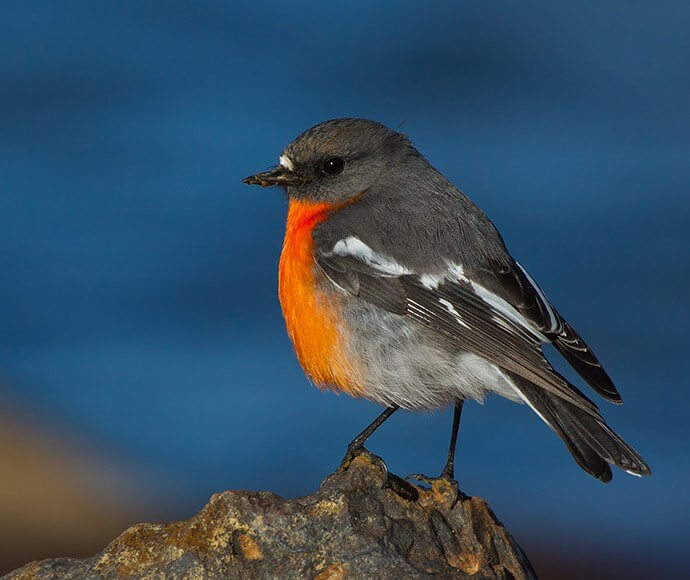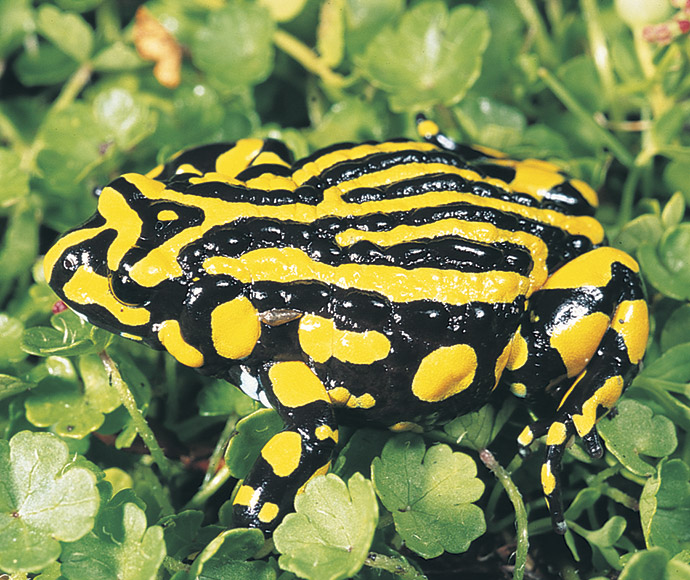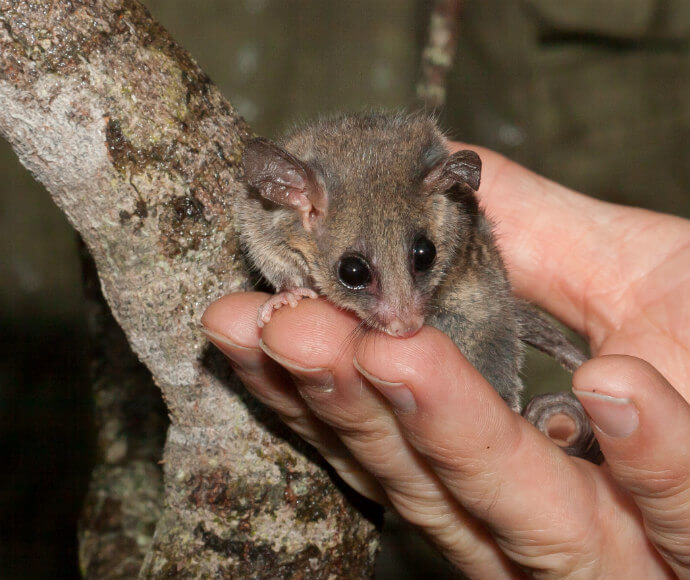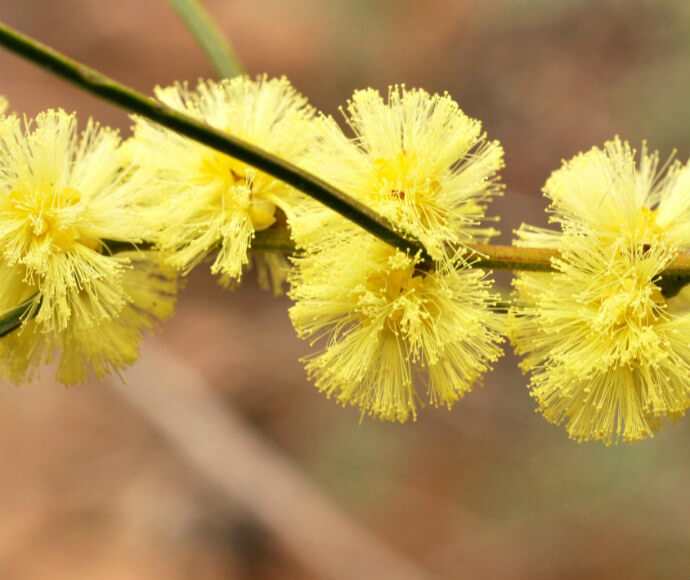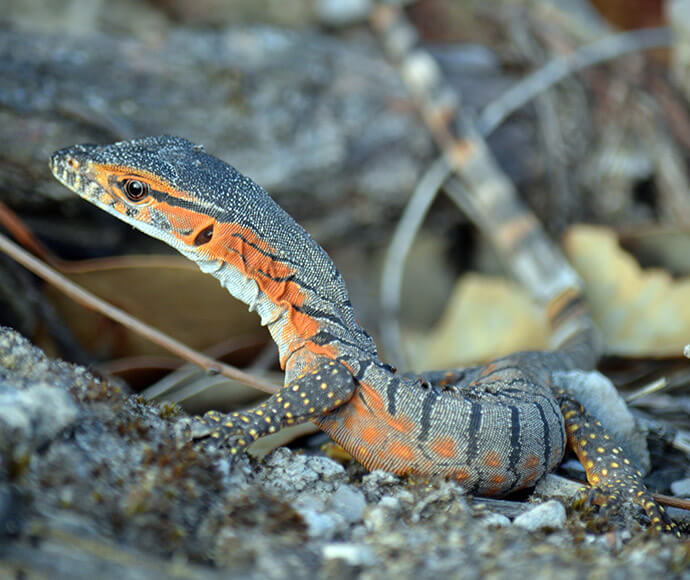What is a threatened species?
A species is considered threatened if:
- there is a reduction in its population size
- it has a restricted geographical distribution, or
- there are few mature individuals.
A species may be listed under the NSW Biodiversity Conservation Act 2016 as:
- vulnerable
- endangered
- critically endangered, or
- presumed extinct.
How threatened a species is in New South Wales depends on:
- the extent of its population reduction across New South Wales and over time
- the size of its geographical distribution, or
- the number of mature individuals.
Populations, processes and habitat
Populations of species and ecological communities can also be listed as threatened.
Processes that threaten species may be listed as key threatening processes.
Habitat essential to the survival of endangered or critically endangered species, as well as populations of species or ecological communities can be declared as critical habitat.
Legislation
The legislation applying to threatened species and threatened species programs is:
- the Biodiversity Conservation Act 2016 (NSW)
- the Environment Protection and Biodiversity Conservation Act 1999 (Commonwealth).
Read more about threatened species legislation.
Species assessment and listing
In New South Wales the assessment of extinction risk to species and of key threatening processes is undertaken by the NSW Threatened Species Scientific Committee. The NSW Threatened Species Scientific Committee is established under the Biodiversity Conservation Act 2016 and it is an independent committee of 11 scientists appointed by the Minister for the Environment.
The committee determines which threatened species, ecological communities and populations should be listed, including their risk of extinction and which threats should be listed as key threatening processes.
Find out more about the NSW Threatened Species Scientific Committee and its work.
Biodiversity Conservation Program
The Biodiversity Conservation Program replaces the Priorities Action Statement (PAS) as part of the NSW Biodiversity Conservation Act 2016, effective 25 August 2017.
Find out more about the Biodiversity Conservation Program.
Impacts of development
Biodiversity assessments are often required under legislation where a development has impacted on, will impact on or is likely to impact on, a species, a population of a species, or an ecological community.
The assessment of significance under the Environmental Planning and Assessment Act 1979 is the first step in considering potential impacts.
For developments likely to affect threatened species, populations of a species, ecological communities or their habitats, a species impact statement is also needed, as outlined in the Biodiversity Conservation Act 2016. Find out more about assessment of significance and species impact statements.
Field surveys help proponents and ecological consultants assess potential impacts for development applications. Find out more about species survey and assessment.
Biodiversity offsets
Biodiversity offsets are measures that benefit biodiversity by compensating for the adverse impacts elsewhere of an action, such as clearing for development. Biodiversity offsets help achieve long-term conservation outcomes where development and infrastructure projects are likely to impact biodiversity.
Biodiversity offsets work by protecting and managing biodiversity values in one area in exchange for impacts on biodiversity values in another.
Find out more about biodiversity offsets.
Licences
The Biodiversity Conservation Act 2016, with some exceptions, prohibits actions that will affect threatened species and their habitats unless licensed and approved.
There are 3 types of Department of Climate Change, Energy, the Environment and Water licences that are relevant to threatened species impacts:
- licences for scientific, educational and conservation purposes
- licences to harm threatened species that are causing damage to property
- licences/certificates for actions that are likely to harm or damage the habitat of a threatened species, population of a species or ecological community or cause that threatened species, population of a species or ecological community to be picked.
Find out more about licences.
